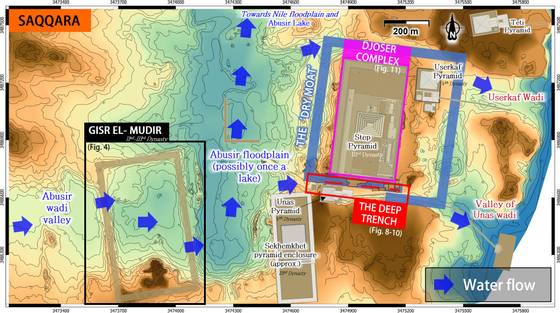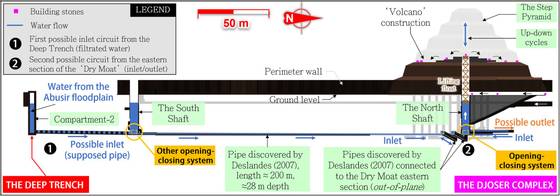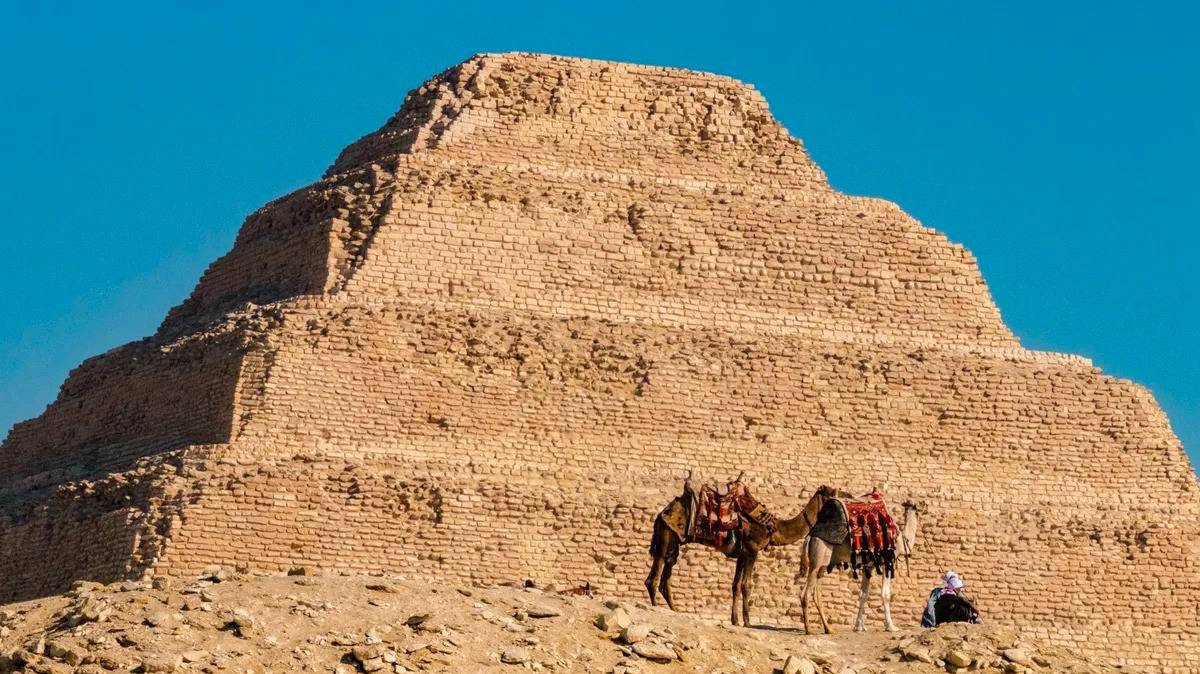The mystery surrounding the construction of the pyramids in Egypt continues to provoke discussion to this day, over 4,700 years later. The methods used by the ancient civilization are not currently known, however, many speculate and from this a myriad of theories have emerged. However, there is a possibility that we are closer to a definitive answer after a group of geologists and engineers from Paleotechnic, a private French institute focused on research into ancient technologies, published new interpretations: the use of a hydraulic lift, with an effect similar to the structure of a volcano.
The study was inspired by the Pyramid of Zoser, built in honor of the pharaoh of the same name in the 28th century BC. The first pyramid built on Egyptian soil was once the tallest structure on the planet.reaching 62m in height. Despite not having blocks as heavy as the iconic pyramids of Giza, which weigh close to 10 tons, it is unknown how the 300kg stones were handled.
Paleotechinc CEO Xavier Landreau told CNN that the focus of many studies in the area has been on smaller, more recent pyramids (1980 – 1075 BC), so Their goal was to try to draw conclusions about the oldest and largest structures.
Ramps, cranes and hooks are the methods usually mentioned in the construction of these smaller scale pyramids, but The group of engineers hypothesizes that the Egyptians designed and used a hydraulic elevator to move the blocks..
They came to this conclusion after a extensive analysis of local topography where the pyramid is located, which eventually revealed a flow of water from a branch of the Nile River that no longer exists, and which passed directly under the structure, coming from the probable source of limestone used to make the blocks, Gisr El-Mudir, a place believed to have been occupied by a fortress or arena. This information allowed us to conclude the existence of a possible small dam in the regionwhich allowed the flow of water to be stored and controlled, both in directionality and in the filtration of unwanted sediments that could obstruct the channel.

This water treatment system proposed by the French also indicates the control of water quality, both for consumption and for irrigation and transport. With this, and the fact that it was believed that there was a greater frequency of rainfall in the region compared to today, the hypothesis of using water as a transport resource became considerably more valid.
Through the accumulation of water, the authors of the study propose the Possibility of building a “volcanic” structure, which allowed the rocks to risebased on a series of filling and emptying movements, similar to those of a volcano. From this, Landreau and the other authors concluded that manipulating the flow of water was fundamental to the construction of the pyramid.

This puts forward a new theory that could serve as a basis for better understanding the phenomenon of the construction of other similar pyramids on the disappeared tributaries of the Nile River. And it had already been put forward recently.
Source: Observadora
